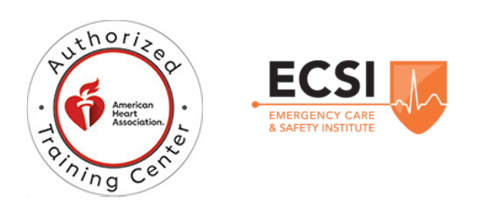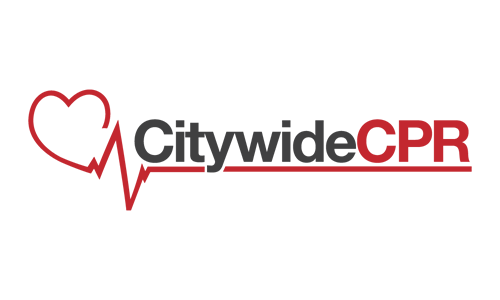For most people, SCA can mean a death sentence. After all, SCA, or Sudden Cardiac Arrest, means something causes your heart to abruptly stop beating. This, consequently, means that blood to other major organs are abruptly put to a stop. If left untreated for a couple of minutes, it can lead to death. For those who survived the ordeal, however, the risk for a second attack is increased. Fortunately, there is a way to lower such risk.
At-Risk Situations
While SCA can happen to anyone, certain groups of people tend to have a higher risk for the said condition. This would include those who:
- Have had a previous case of SCA
- Those have sedentary lives
- Those who have had heart problems
According to researches, those who have had SCA in the past but have had an ICD, or Implantable Cardioverter Defibrillator, in place, are at lesser risk for a repeat of the condition. The implant is typically placed under the skin near the chest area. What this device does is monitor heartbeat. In case there is an abnormality in the pattern, it sends out electrical impulses that shocks the heart muscle in order to get it back to its normal rhythm. Now, you have to keep in mind, however, that an ICD and a pacemaker are two different implants; however, some ICD models already come with a pacemaker. The main difference between the two is the fact that ICDs are triggered only when there is a cessation in the beating pattern while a pacemaker ensures that the beats are according to a certain rhythm.
Now, living a sedentary life can give rise to a number of medical conditions concerning one’s heart. This could include diabetes, hypertension, and coronary heart diseases. That being the case, some of your options would include making sure that you follow your doctor’s advice as far as medications are concerned. These medications are typically aimed at addressing your particular condition. That said, you would probably have a medication for your hypertension, a medication to prevent blood clots, and a medication to reduce your heart’s workload. In the case of diabetes, your doctor would most likely prescribe what kind of food you can and cannot eat. In the same manner, you would also be provided with insulin shots in order to manage your blood sugar level. On the other hand, if you have CHD (Coronary Heart Disease), one of the options that would be presented to you would include percutaneous coronary intervention. This procedure is more commonly known as angioplasty and has been proven to lower the risk for an SCA if you are already suffering from CHD.
Healthy Lifestyle
At the end of the day, the best way to ensure that you would not be going unconscious and needing a CPR would be to live a healthy lifestyle. This does not mean you have to eat bland food. In some cases, this would just mean taking everything in moderation. It also pays to exercise on a regular basis and ensure that you do not stress yourself out too much.





